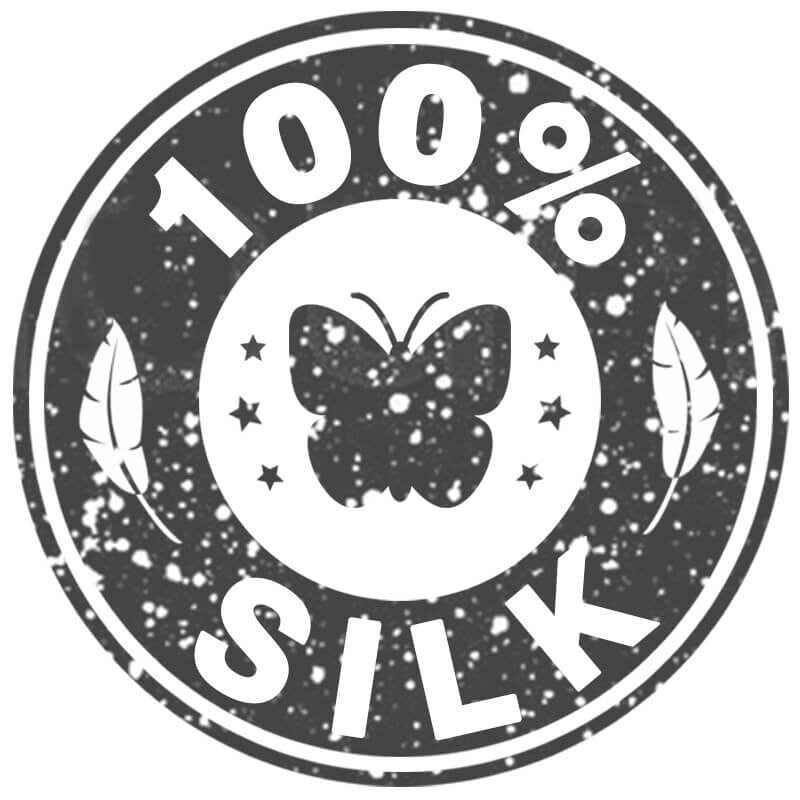Isfahan Silk Carpet 12'3" x 9'
Overview
Materials & Craftsmanship:
This fine, diligently hand-knotted area rug contains a perfect blend of 80% pure silk and 20% pure wool. Persian & Oriental rugs made from a high percentage of silk are intricate and are often the most valuable of all handmade carpets. The silk fibers in this piece create a beautiful sheen throughout the field and borders, providing an ultra luxurious feel. The use of silk ensures a precise rendering of the decorative design patterns since strong silk fibers permit skilled weavers to weave more knots per square inch (KPSI) than those of wool carpets. A typical Persian or Oriental rug made from wool might have between 100 and 300 KPSI – a typical 80% silk rug contains between 200 to 500 KPSI. As a result, weaving the rug will require roughly three times the amount of work, and this is one of the main reasons that silk rugs cost two to three times more than wool rugs. The detailing of this piece also contains wool, which increases its durability.
Finishing:
The finishing of this carpet was done using centuries old traditional techniques. Once its laborious hand-knotting was completed, it was rolled and entirely submerged in a sanitizing bath where its fibers fully absorbed all cleaning liquid. After which it was laid flat on the ground where a team of cleaners used wooden oar-like paddles to push the water through its fibers and draw out impurities. Oar strokes were done in sync to prevent the carpet from getting torn. Each stroke tightened the knots even further. No machines were involved in its washing or drying.
A Brief History of Isfahan Rugs
 Isfahan (also known as Esfahan, Isfahan, Isphahan and Sepahan) has long been one of the centers for production of the famous Persian Rug. Weaving in Hispahan flourished in the Safavid era. But when the Afghans invaded Iran, ending the Safavid dynasty, the craft also became stagnant.
Isfahan (also known as Esfahan, Isfahan, Isphahan and Sepahan) has long been one of the centers for production of the famous Persian Rug. Weaving in Hispahan flourished in the Safavid era. But when the Afghans invaded Iran, ending the Safavid dynasty, the craft also became stagnant.
Not until 1920s, between two world wars, was weaving again taken seriously by the people of Isfahan. They started to weave Safavid designs and once again became one of the most important nexus' of the Iranian rug weaving industry. Isfahani carpets today are among the most wanted in world markets, having many customers in western countries.
Isfahani rugs and carpets usually have ivory backgrounds with blue, rose, and indigo motifs. Rugs and carpets often have very symmetrical and balanced designs. They usually have a single medallion that is surrounded with vines and palmettos and are of excellent quality.
These carpets are often made up of pure silk. A combination of silk and wool is also sometimes found. These materials make up the pile of the rugs, while cotton is usually used to hand knot a strong and durable foundation. In finer Hispahans, silk is used as a base.
To learn more about iranian rugs, visit our Persian Rugs section.Sources and inspiration: Bérinstain, Valérie, et al. L'art du tapis dans le monde (The art of carpets in the world). Paris: Mengès, 1996. Print.; Jerrehian Jr., Aram K.A. Oriental Rug Primer. Philadelphia: Running Press, 1980. Print.; Herbert, Janice Summers. Oriental Rugs, New York: Macmillan, 1982. Print.; Hackmack, Adolf. Chinese Carpets and Rugs, Rutland and Tokyo: Tuttle, 1980. Print. ; De Moubray, Amicia, and David Black. Carpets for the home, London: Laurence King Publishing, 1999. Print.; Jacobsen, Charles. Oriental Rugs A Complete Guide, Rutland and Tokyo: Tuttle, 1962. Print.; Bashir, S. (n.d.). Personal interview.; Web site sources and dates of consultation vary (to be confirmed). Without prejudice to official usage.
- Choosing a selection results in a full page refresh.
- Opens in a new window.



 Runner Rugs
Runner Rugs 2x3 Area Rugs
2x3 Area Rugs 3x5 Area Rugs
3x5 Area Rugs 4x6 Area Rugs
4x6 Area Rugs 5x7 Area Rugs
5x7 Area Rugs 6x9 Area Rugs
6x9 Area Rugs 8x10 Area Rugs
8x10 Area Rugs 9x12 Area Rugs
9x12 Area Rugs 10x14 Area Rugs
10x14 Area Rugs Round Rugs
Round Rugs Bath Mats
Bath Mats Doormats
Doormats 12x15 Area Rugs
12x15 Area Rugs




















